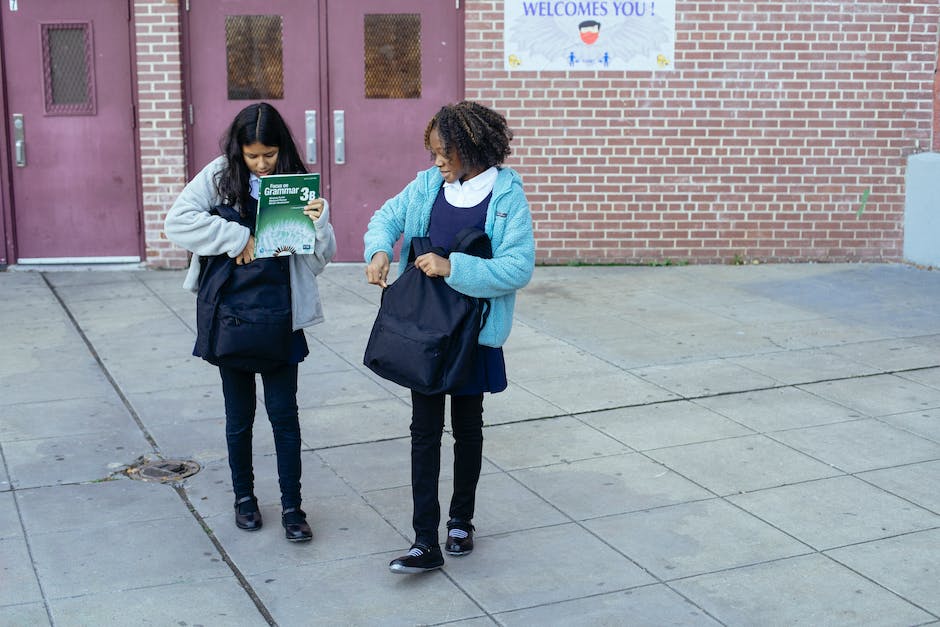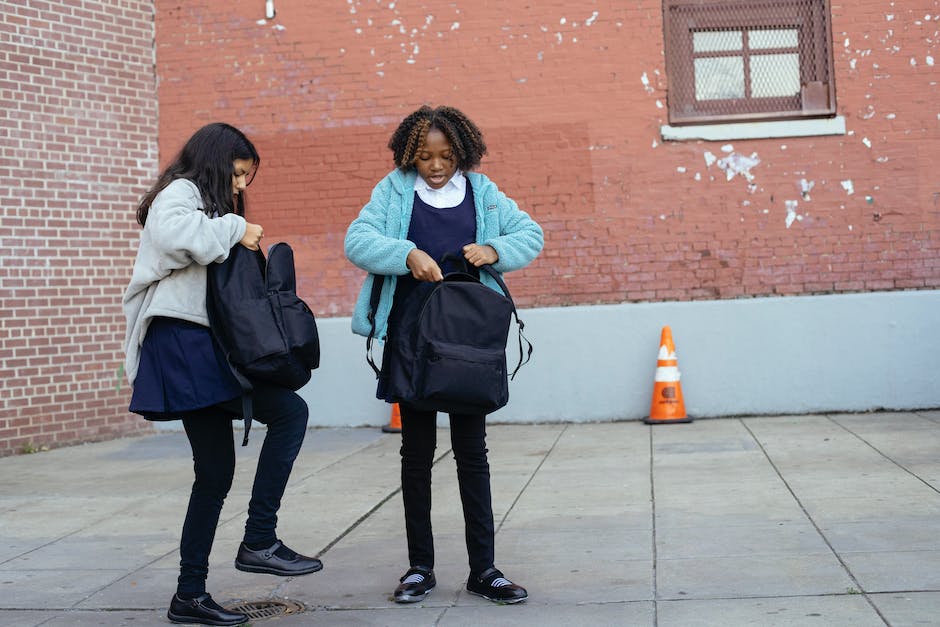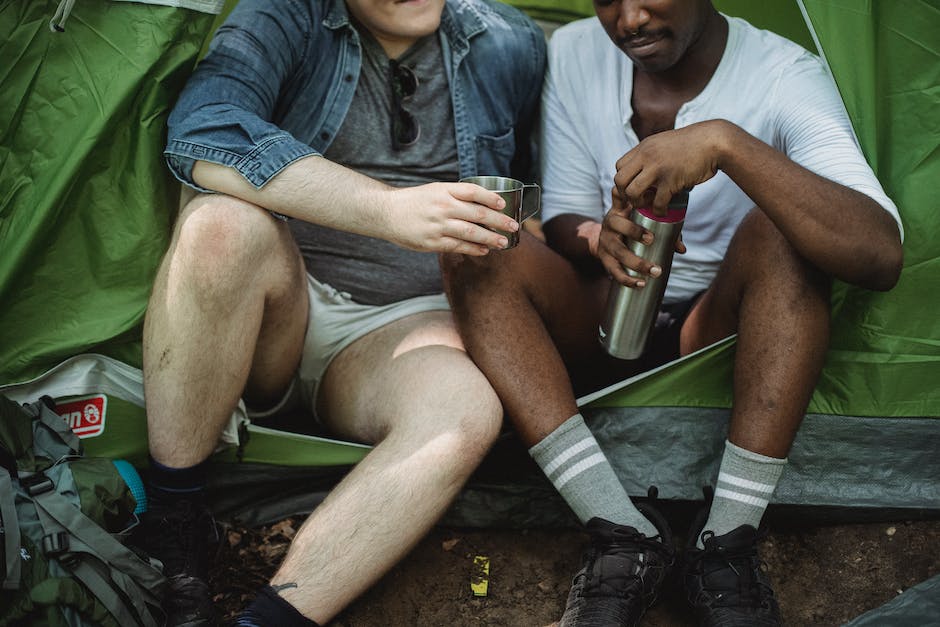Guide to Packing a Camping Rucksack: Essential Tips from an Experienced Dad of Three
Whether you’re an experienced camper or a novice preparing for your first trip, knowing how to pack a camping rucksack efficiently is essential. As a veteran dad of three, with many weekend getaways under my belt, I can assure you that it’s not as daunting as it may seem. Following a few simple tips can help you make the most out of your rucksack and ensure you enjoy the great outdoors hassle-free.
[recommendations keyword=’how-to-pack-a-camping-rucksack’]
1. Choose the Right Camping Rucksack
There’s no one-size-fits-all approach when it comes to choosing a camping rucksack. Note that larger rucksacks may not always suit your packing needs better, as too much space can encourage overpacking. The ideal size should depend on the number of days you are camping. A medium-sized 40-liter rucksack is usually enough for a one- or two-night camping trip.
When selecting a rucksack, look for one that is comfortable to wear, is waterproof, and has plenty of pockets. The rucksack should have adjustable straps, a padded hip belt, and a supportive back panel.

2. Pack in the Right Order
An efficient way to pack your camping rucksack is to start with the small, lightweight items at the top. Place the heavier items towards the bottom and sides of the rucksack. Secure your sleeping bag in a waterproof bag and place it at the base of your rucksack because it should be accessible during the night. If you have a tent, fit it on the side of your rucksack.
If you decide to take a stove, attach it to the side or lower sections of the rucksack. Place other essential items such as a tarp, cord, water bottle, and binoculars at the side pockets or on the front of the rucksack. The items you may need to frequently access, like snacks, should be packed in the top pocket.

3. Minimize Weight
When it comes to camping gear, bulky can be a real burden. Some tips to help you minimize the weight of your rucksack include using lightweight and compressible fabrics, choosing a lightweight tent and sleeping bag, and packing the right amount of clothing.
Consider sharing the weight of bulky items like food and water with your friends or family. And choose items that have a multiple-use, like the BYOB (Bring Your Own Bowl) if you need to carry utensils for cooking.

4. Pack Toiletries and Essential Personal Items
Toiletries should weigh as little as possible. Opt for travel sized containers of all cosmetics and basic toiletries such as soap, shampoo, toothbrush, and a toothpaste. You can also get creative with items such as multi-use deodorants, dry shampoo, and wipes, which double up as a towel.
Be sure to pack any essential personal items like cell phone, charger, first aid kit, lip balm, insect repellent, sundries, torches, and basic tools. Preparing for the worst weather can also help you stay comfortable during your camping trip. Bring things like waterproof matches for starting fires, a weatherproof tent, cell phone waterproof casing, and warm clothes.
5. Watch A Tutorial Video to Easily Pack a Camping Rucksack
If you’re still not sure how to pack a camping rucksack, just watch this step-by-step tutorial video that plays out in real-time. In it, I demonstrate the best way to pack your camping rucksack to make sure you don’t forget any of your essential items.
Following these simple steps will help you organize your camping gear and give you great peace and enjoyment during your trip.